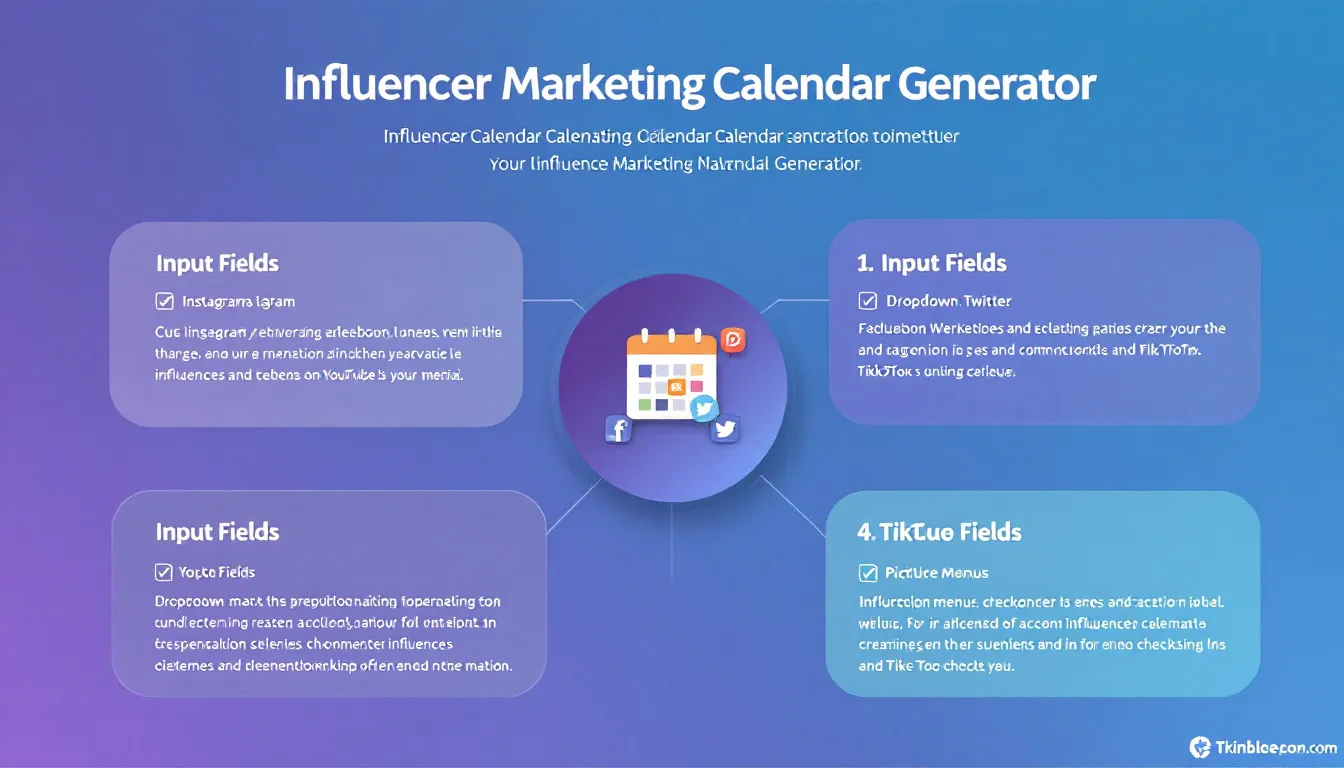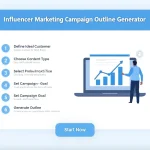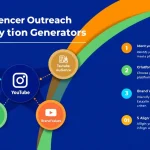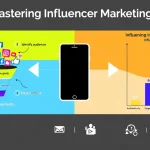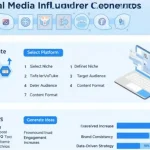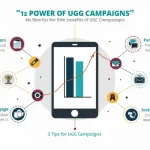Is this tool helpful?
How to Use the Influencer Content Calendar Generator Tool Effectively
To create an effective influencer content calendar using this tool, follow these step-by-step guidelines:
Step 1: Define Your Marketing Goals and KPIs
In the first field, clearly outline your specific marketing objectives. For example:
- Drive 50,000 website visits through influencer referral traffic within Q3
- Generate 2,500 user-generated content pieces featuring our product by year-end
Step 2: Input Brand Information
Provide comprehensive details about your brand identity and target audience:
- Example 1: “Tech-focused wellness brand specializing in smart fitness equipment, targeting health-conscious professionals aged 25-45 in urban areas”
- Exercise 2: “Organic skincare line emphasizing natural ingredients and sustainability, appealing to conscious consumers aged 30-50 with disposable income”
Step 3: Specify Influencer Categories
Define the type of influencers that align with your brand:
- By size: Nano (1K-10K), micro (10K-50K), macro (50K-1M)
- By niche: Beauty, fitness, lifestyle, tech, fashion
Step 4: Select Content Formats
Choose content types that resonate with your audience:
- Short-form video content (Instagram Reels, TikTok)
- Long-form content (YouTube videos, blog posts)
- Static posts (Instagram feed, Pinterest)
Understanding the Influencer Content Calendar Generator
This advanced tool streamlines the process of creating strategic influencer marketing campaigns by generating customized content calendars that align with your brand’s objectives and target audience preferences.
Core Features and Capabilities
- Goal-oriented calendar planning
- Audience-specific content mapping
- Platform-optimized posting schedules
- Campaign milestone tracking
Benefits of Using the Content Calendar Generator
1. Strategic Alignment
The tool ensures perfect alignment between your marketing objectives and influencer content creation, maximizing ROI and campaign effectiveness.
2. Time Efficiency
Automates the time-consuming process of planning content distribution across multiple influencers and platforms.
3. Consistency Management
Maintains consistent brand messaging across all influencer partnerships while allowing for creative flexibility.
4. Performance Tracking
Integrates KPI monitoring points throughout the calendar to measure campaign success effectively.
Solving Common Influencer Marketing Challenges
Challenge 1: Content Coordination
The tool addresses the complexity of managing multiple influencers by creating synchronized posting schedules that maximize impact while preventing content overlap.
Challenge 2: Campaign Consistency
By providing a structured framework, the generator ensures consistent brand messaging across diverse influencer partnerships while maintaining authentic voices.
Challenge 3: Performance Measurement
Integrates checkpoints for tracking KPIs and adjusting strategies based on real-time performance data.
Practical Applications and Use Cases
Example 1: Product Launch Campaign
A beauty brand launching a new skincare line:
- Pre-launch teaser content with micro-influencers
- Launch day coordinated posts across all partner accounts
- Post-launch user-generated content collection
Example 2: Brand Awareness Campaign
A fitness app increasing market presence:
- Weekly workout challenges hosted by fitness influencers
- Daily motivation posts from wellness advocates
- Monthly transformation stories from user-influencers
Frequently Asked Questions
What is the ideal campaign duration for influencer partnerships?
Campaign duration varies based on objectives, but typically ranges from 3-6 months for optimal results and relationship building.
How many influencers should be included in a campaign?
The number depends on your budget and goals. A focused campaign might work with 5-10 micro-influencers, while larger campaigns might engage 20-30 creators across different tiers.
What types of content perform best for influencer marketing?
Video content, particularly short-form videos like Reels and TikToks, typically generates higher engagement rates, followed by authentic user-generated content and tutorial-style posts.
How often should influencers post about the brand?
Best practices suggest 2-3 posts per week for short-term campaigns and 1-2 posts per week for longer-term partnerships to maintain authenticity and prevent audience fatigue.
Should different influencers post at the same time?
Staggering posts across different times and days often yields better results by maintaining consistent brand presence without overwhelming the audience.
Can the calendar be modified once generated?
Yes, the generated calendar serves as a strategic framework that can be adjusted based on real-time performance data and changing campaign needs.
What metrics should be tracked for influencer campaigns?
Key metrics include engagement rates, reach, click-through rates, conversion rates, and brand sentiment indicators specific to your campaign goals.
Advanced Tips for Maximizing Calendar Effectiveness
1. Content Diversity
Incorporate various content formats to maintain audience interest:
- Educational content (how-tos, tips)
- Entertainment content (challenges, behind-the-scenes)
- Promotional content (reviews, unboxing)
2. Seasonal Integration
Align content with seasonal events and holidays to increase relevance and engagement potential.
3. Cross-Platform Optimization
Adapt content strategies for different social media platforms while maintaining consistent brand messaging.
4. Performance Monitoring
Include regular checkpoints for analyzing campaign performance and making necessary adjustments to optimize results.
Important Disclaimer
The calculations, results, and content provided by our tools are not guaranteed to be accurate, complete, or reliable. Users are responsible for verifying and interpreting the results. Our content and tools may contain errors, biases, or inconsistencies. We reserve the right to save inputs and outputs from our tools for the purposes of error debugging, bias identification, and performance improvement. External companies providing AI models used in our tools may also save and process data in accordance with their own policies. By using our tools, you consent to this data collection and processing. We reserve the right to limit the usage of our tools based on current usability factors. By using our tools, you acknowledge that you have read, understood, and agreed to this disclaimer. You accept the inherent risks and limitations associated with the use of our tools and services.
